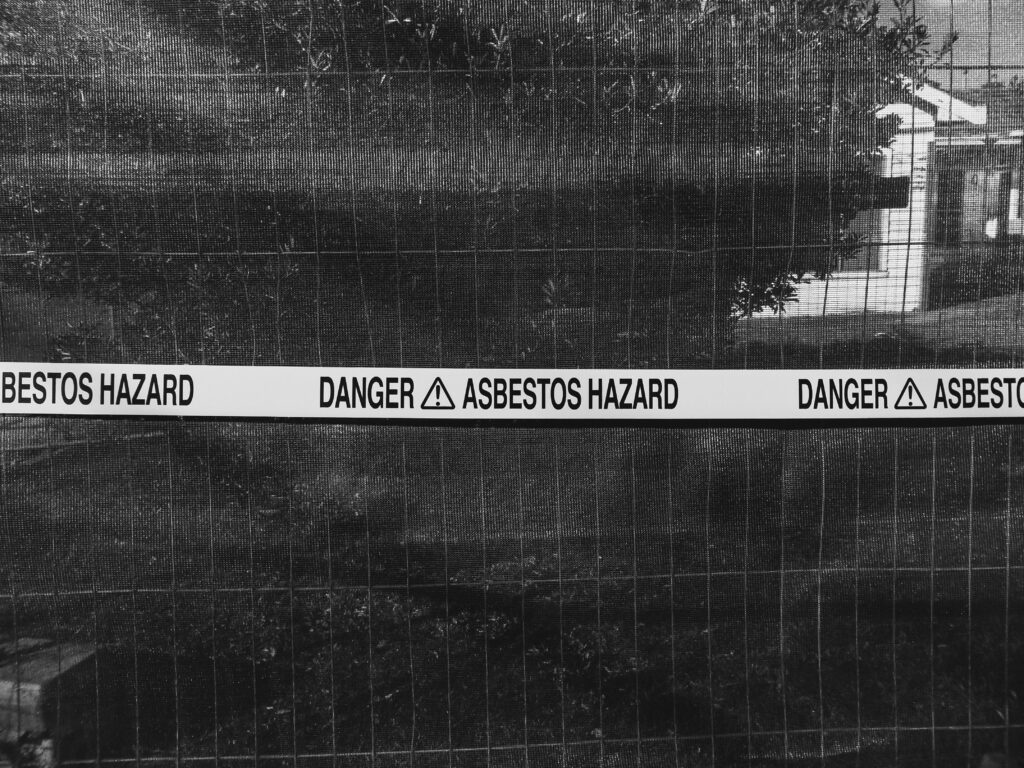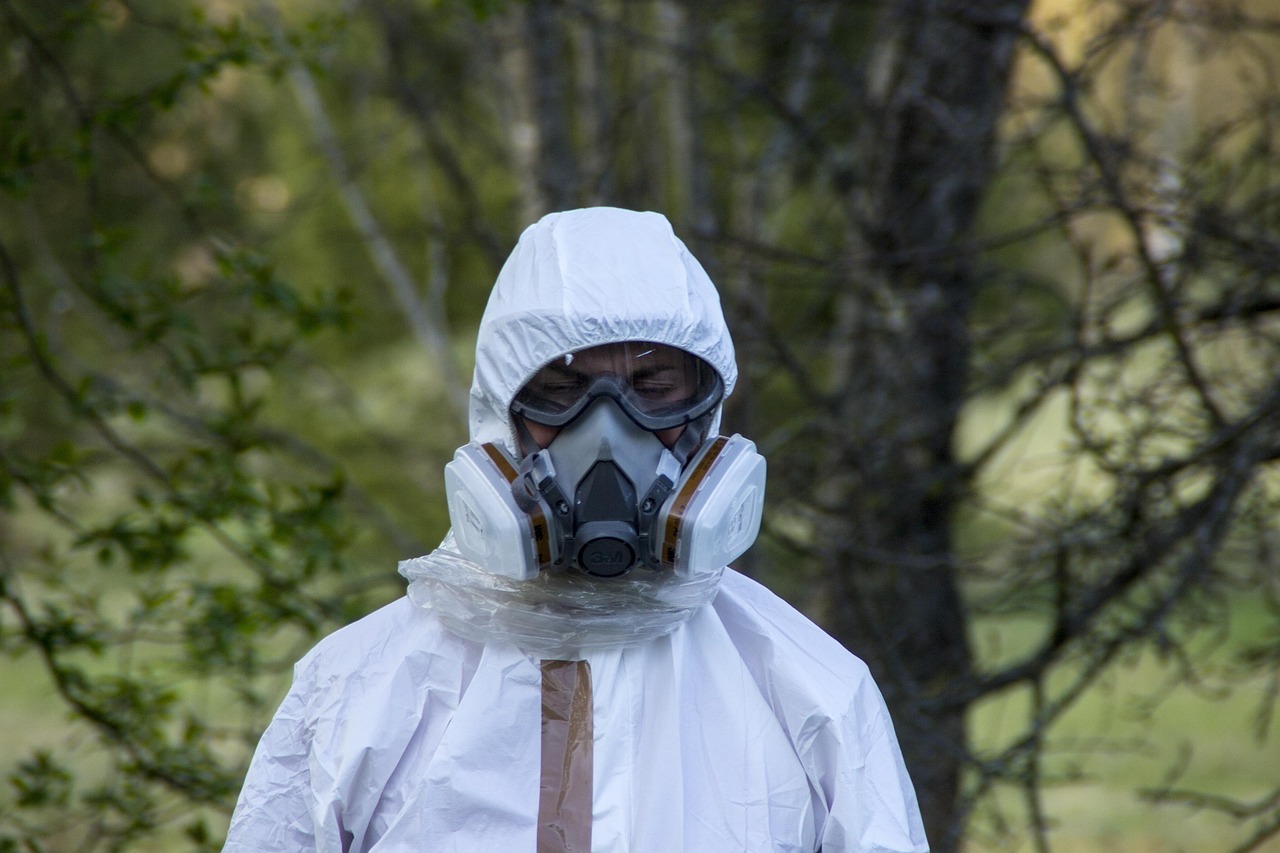Renovating your home or business premises? Exciting times! But before you start knocking down walls or ripping out old fixtures, there’s a crucial step you can’t afford to skip: an asbestos survey. Here in the UK, disturbing any asbestos-containing materials (ACMs) without proper precautions is not only dangerous but also illegal. This article explains why asbestos surveys are essential, what they involve, and what you need to know before you begin any renovation project.
The Hidden Danger: Why Asbestos Surveys are Crucial
Asbestos, once a widely used in construction materials, is a hazardous substance that can cause serious health problems, including lung cancer, mesothelioma, and asbestosis. These diseases can take decades to develop, making it crucial to identify and manage asbestos-containing materials before they are disturbed. Many older properties in the UK still contain asbestos, often hidden in places like:
- Insulation: Pipe lagging, loft insulation, and sprayed coatings.
- Roofing Materials: Asbestos cement roof tiles and corrugated sheeting.
- Flooring: Vinyl floor tiles and their backing.
- Textured Coatings: Artex and similar decorative finishes.
- Ceiling Tiles: Some older ceiling tiles may contain asbestos.
- Boilers and Heating Systems: Asbestos was often used in insulation around these.
An asbestos survey is the only way to definitively identify the presence and location of ACMs in your property. Without a survey, you risk unknowingly exposing yourself, your family, or your workers to harmful asbestos fibres.
Types of Asbestos Surveys: What’s the Difference?
There are two main types of asbestos surveys in the UK:
- Management Survey: This survey aims to identify and assess the condition of asbestos-containing materials in a building. It’s designed to help manage asbestos during normal use and occupancy. This is the minimum requirement for most non-domestic properties.
- Refurbishment and Demolition Survey: This more comprehensive survey is required before any refurbishment or demolition work is carried out. It identifies all ACMs in the area to be worked on, allowing for their safe removal before the project begins. This survey is more intrusive and may involve destructive sampling.
What to Expect During an Asbestos Survey:
A qualified asbestos surveyor will visit your property and conduct a thorough inspection. They will:
- Identify potential ACMs: Visual inspection and sampling (if necessary) will be carried out.
- Assess the condition of ACMs: The surveyor will evaluate the risk of fibre release based on the material’s condition.
- Take samples: Where necessary, samples of suspected ACMs will be taken and sent to a UKAS-accredited laboratory for analysis.
- Produce a detailed report: The report will detail the location, type, and condition of any identified ACMs, along with recommendations for management or removal.

Choosing the Right Asbestos Surveyor:
It’s essential to choose a competent and qualified asbestos surveyor. Look for a company that is:
- UKAS accredited: This ensures the surveyor meets the required standards of competence.
- Experienced: Choose a company with a proven track record in asbestos surveying.
- Impartial: The surveyor should not be affiliated with an asbestos removal company, to avoid any conflict of interest.
Before You Start Your Renovation:
- Get an asbestos survey: This is a legal requirement before starting any significant renovation or demolition work.
- Review the survey report carefully: Understand the location and condition of any ACMs.
- Engage a licensed asbestos removal contractor: If ACMs are present, they must be removed by a trained and licensed professional before any other work can begin. Never attempt to remove asbestos yourself.
Don’t gamble with your health. An asbestos survey is a small investment that can protect you, your family, and your workers from the devastating effects of asbestos exposure. Contact Asbestos Compliance Solutions Ltd today for expert asbestos surveying and management services.

Leave a Reply